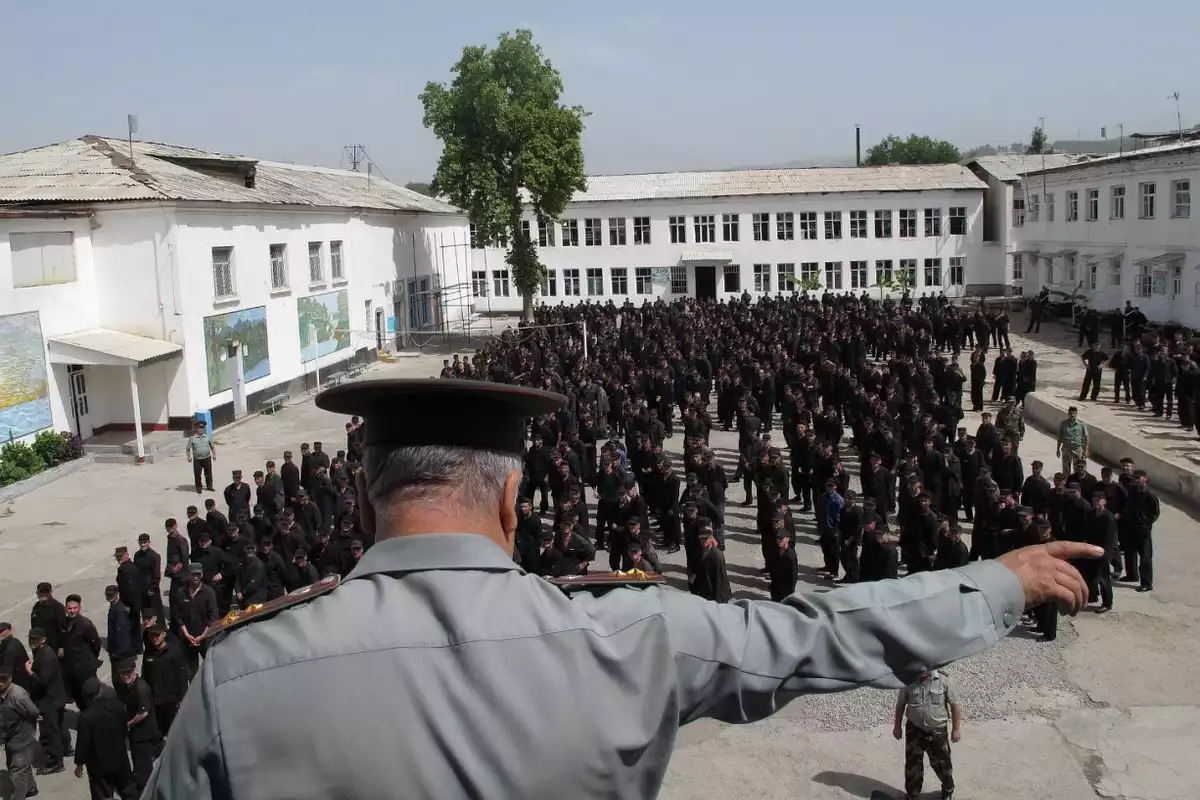
Dushanbe-based pretrial detention center; File photo / Asia-Plus
Tajik authorities have introduced a government-supported program designed to help reintegrate individuals convicted of extremism and terrorism back into peaceful civilian life.
The initiative, which will run from 2025 to 2029, seeks to reduce the likelihood of re-engagement with radical movements and support the return of these individuals to society, The Caspian Post reports citing foreign media.
New State Initiative: Goals and Budget
According to official documents, the program is set to receive 38.5 million Tajikistani somoni (approximately $3.6 million) in funding. Nearly half of the funds will come from the state budget, with the remainder provided through international grants and extra-budgetary sources.
The initiative includes a comprehensive set of measures: physical and psychological rehabilitation, vocational training, employment support, and involvement in patriotic and cultural activities. These components are designed to assist former prisoners in adjusting to life outside correctional facilities. Upon release, participants will be closely monitored to prevent any return to extremist ideologies.
Implementation and oversight will be managed by local authorities and specialized agencies under the Ministry of Justice, which is tasked with submitting regular progress reports to the government.
Understanding Pathways to Radicalization
The drivers of radicalization in Central Asia are complex and multifaceted. Rustam Azizi, a specialist in countering violent extremism, told Asia-Plus that economic hardship alone does not account for why some individuals are drawn to extremist groups such as ISIS, Ansarullah, or the Taliban.
“Economic difficulty doesn’t automatically lead to radicalization, other negative outcomes like crime or social withdrawal are also possible,” Azizi explained. “Moreover, real-life cases show that not all recruits come from impoverished backgrounds.”
Migration, while often discussed as a risk factor, does not directly cause radicalization, according to Azizi. Rather, it can create an environment where individuals are more exposed to recruitment efforts, particularly among youths aged 18 to 26. Azizi identifies three main categories of individuals most susceptible to radicalization:
1. Identity crisis: Often from secular, modernized, or mixed-background families, these individuals turn to religion as a way to find belonging, purpose, or self-worth. Frequently recent converts or newly observant Muslims, they may express a sentiment such as: “I may not be a good Tajik, but I am a very good Muslim.”
2. Individuals with criminal tendencies: For this group, terrorist organizations offer a platform to continue illicit activities under the cover of religious struggle. Notable examples include Abu Khalid Kulobi (Nusrat Nazarov) and Abu Usama Noraki (Tojiddin Nazarov), both of whom were involved in drug trafficking before joining ISIS.
3. Marginalized citizens: Representing the largest group, these individuals often come from remote areas and have limited access to education and economic opportunity. Lacking formal religious training, they are especially susceptible to simplistic, binary religious narratives-such as Muslims versus infidels, halal versus haram, jihad versus martyrdom-and are particularly vulnerable to recruitment.
It is this demographic that the new government program primarily targets, with an emphasis on prevention, education, and structured support after incarceration. Authorities believe these efforts will promote national stability and help curb the threat posed by radical movements.
Share on social media